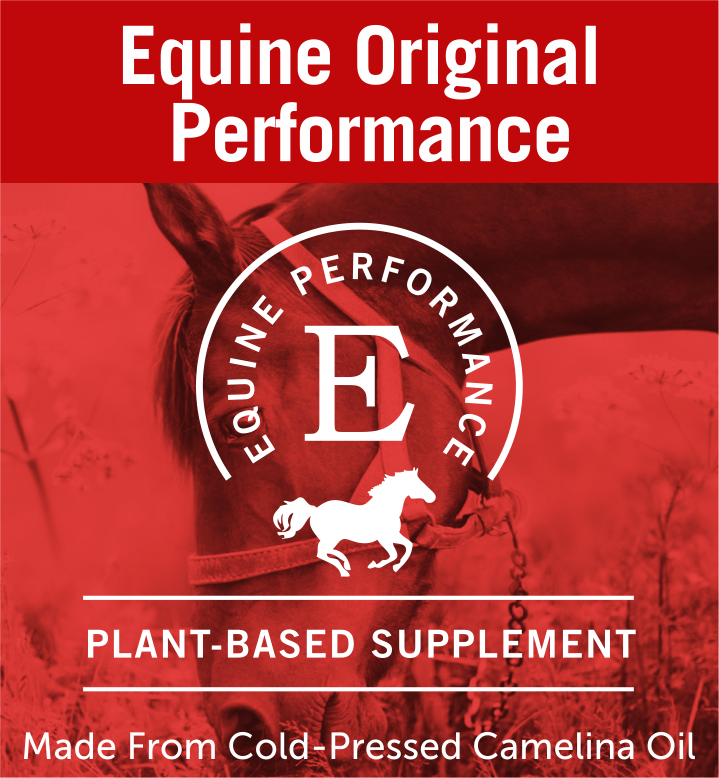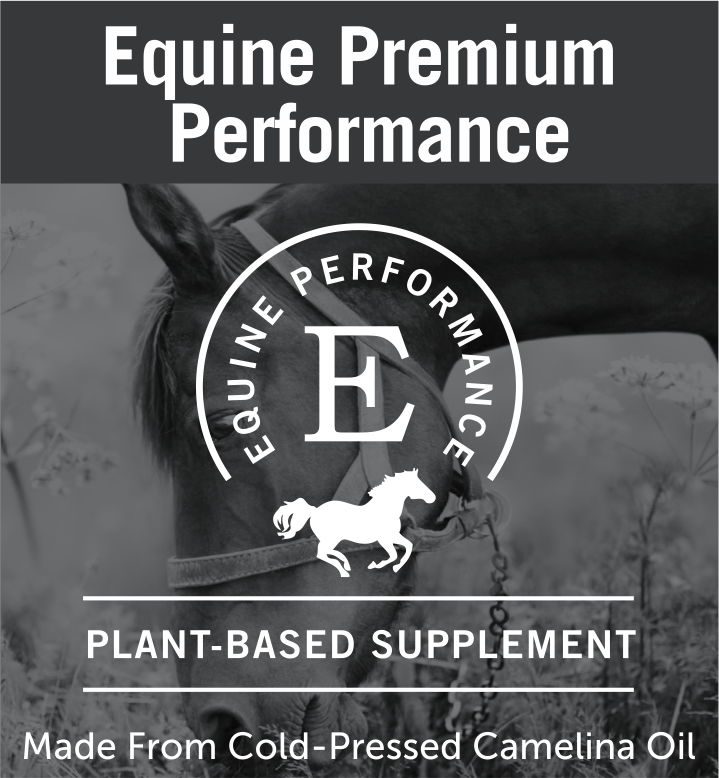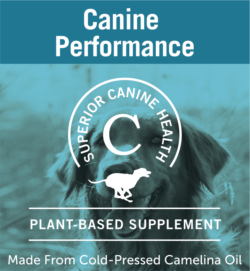New Vocations, the nation’s largest racehorse adoption program, has been working for over twenty years to provide second careers—and second lives—to Thoroughbreds from around the country. Working in Kentucky, Ohio, Pennsylvania, and Michigan, approximately four hundred horses are retrained by New Vocations each year.
Life at the track is very strenuous, and while some horses thrive on the schedule and the physical demands, not all Thoroughbreds are cut out for a racing regimen. When the opportunity for retraining a racehorse is present, it’s a chance to find a new, more fulfilling, purpose for the horse.
An important part of retraining a former racehorse, is properly “letting down” that horse from its stressful track schedule, and an important part of that letting down process is to ensure a proper diet that fulfills their nutritional needs.
Melissa King used to work with Thoroughbreds as an exercise rider for ten years, traveling to tracks in New York, Florida, Kentucky, Louisiana, and California. For the last two and a half years she has been employing her knowledge and expertise for New Vocations as their Kentucky-based trainer, working with the one hundred or so horses that come through the barn each year. Today, she very kindly shared some of her thoughts on the importance of proper nutrition and the retraining process.
What’s the basic diet that you recommend for a horse transitioning from the track to a second career?
Mainly a diet high in fat and a consistent amount of protein—which a lot of people try to take away.
What is the reason some people try to lower the amount of protein?
Energy—they think it makes them too high.
The ones that come to us looking the worst are the ones that come in from the field. They’ve been turned out and many people letting down horses from the track just take the grain away, they think they don’t need it.
The majority of our adopters are really good about realizing that they still need that. (New Vocations) has been working for about twenty years to help people realize that when they get these Thoroughbreds, they still have high requirements for nutrition.
Why do you maintain the protein level in their feed?
It maintains their top line and muscling. When they come to us, we feed them 14% protein sweet feed and if we really need to bulk one up, the barn provides a Purina Equine Senior feed with a higher fat content.
What about turnout?
Our daytime group gets turned out for at least seven hours per day, and the nighttime group for about 16 hours per day. That goes a long way to taking care of temperament issues.
You use Wild Gold oil as a supplement in your horses feed. What types of horses have benefited the most in what you have seen so far?
The horses that come in really tucked up, horses that are really hard keepers in general, or horses like Mandate’s Beauty (pictured here), which were really malnourished when they came to us.
What physical changes have you seen in the horses that are given Wild Gold?
Their coats get shinier, they fill out, they don’t become hot or anything like that.
One of the benefits of using Wild Gold is that you can get tem the fat, the nutrition that they need without having to load them up with too much grain.
We also combine it with Gastromax . . . we give them both. When you’re dealing with horses from the track, they probably have ulcers and whatever else is going on, so it’s helpful not to load them down with too much grain.
I don’t like to give them too large a portion of grain in either of their feedings and it’s difficult to squeeze in a lunchtime feeding in between in our situation. So it’s very helpful to have an oil with fat and omegas that will fill them out and beef them up without having to load them up with too many starches and carbohydrates—it’s more bang for your buck!



